Sfeir-Semler is very happy to announce Rayyane Tabet’s third solo exhibition in our Beirut gallery.
The exhibition investigates the journey of a marble sculpture, dated ca. 360 B.C. that was unearthed during the excavation of the temple of Eshmun in Saida in July 1967. A month earlier, in June of that same year, the Arab-Israeli war had impacted the whole Middle East, and its reverberations are still felt today.

It unfolds through 8 chapters, in a chronological loop that reconstructs the Bull’s Head journey. The artist pieces the story back together from photographs, excavation inventories, police reports, sales invoices, shipping documents, loan agreements, customs declarations, magazines, emails, and court papers presented to The Supreme Court of New York as part of a series of investigations that took place between 2017 and 2021. The sculpture has been since restituted to Lebanon and while it is today on display at the National Museum in Beirut, its 8 photographs, enlarged to cover whole walls, are presented in the gallery. The installation highlights the past and afterlives of the object and summarizes fifty years of a story that is partially obscured by the general amnesty issued at the end of the Lebanese civil war.
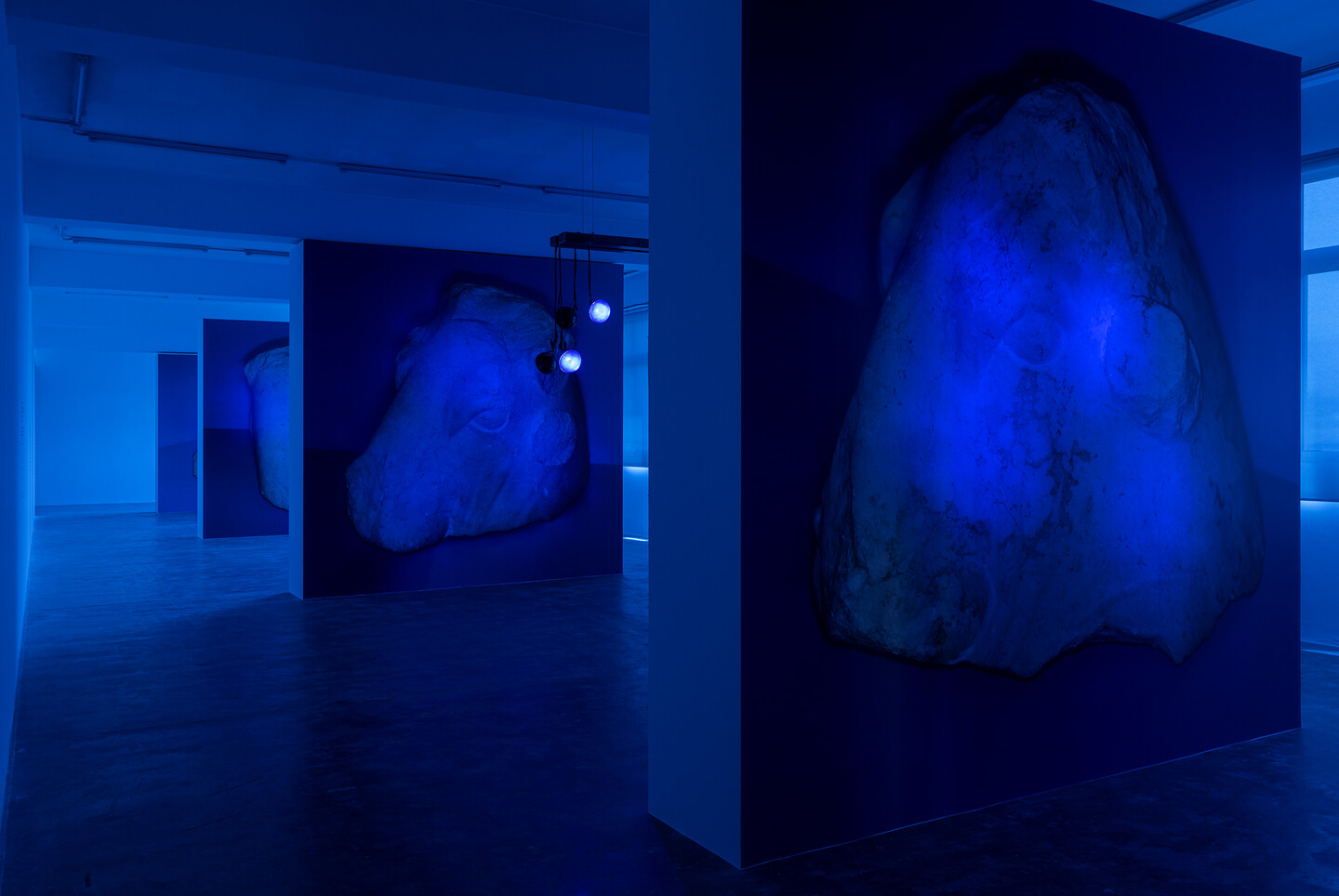
The Return is an immersive installation that completely transforms the vast exhibition space of Sfeir-Semler Beirut, turning it into a foreign stratosphere. Stepping into the gallery, visitors are immediately bathed in a blue haze that engulfs objects and people alike and magically transforms their appearances. After the eyesight has adjusted to the dimmed setting, one distinguishes awe-inspiring, larger-than-life images of a bull’s head, that look like reliefs on a series of 8 symmetrically built free-standing walls.

The marble piece depicting a Bull’s Head, discovered by French archeologist and Ancient Near East specialist Maurice Dunand, spent millennia buried and undisturbed, but within the timespan of half a century, between 1967 and 2017, it moved from Saida to Byblos, disappeared for over three decades, reappeared in Colorado USA and was ultimately hidden in plain sight, within a display in the Greek and Roman Galleries at the Metropolitan Museum of Art in New York. Fifty years after it emerged back, a court case to establish its rightful owner brought it to the spotlight. The case hinged on whether four photographs taken in 1967 by Dunand’s team, and four other photographs taken in 2017 by the Manhattan District Attorney’s office, were pictures of the same object.
1967 – 1979
The marble sculpture of a Bull’s Head is :
excavated from the Temple of Eshmun in Saida, Lebanon,
photographed,
inventoried,
stored onsite in a warehouse.
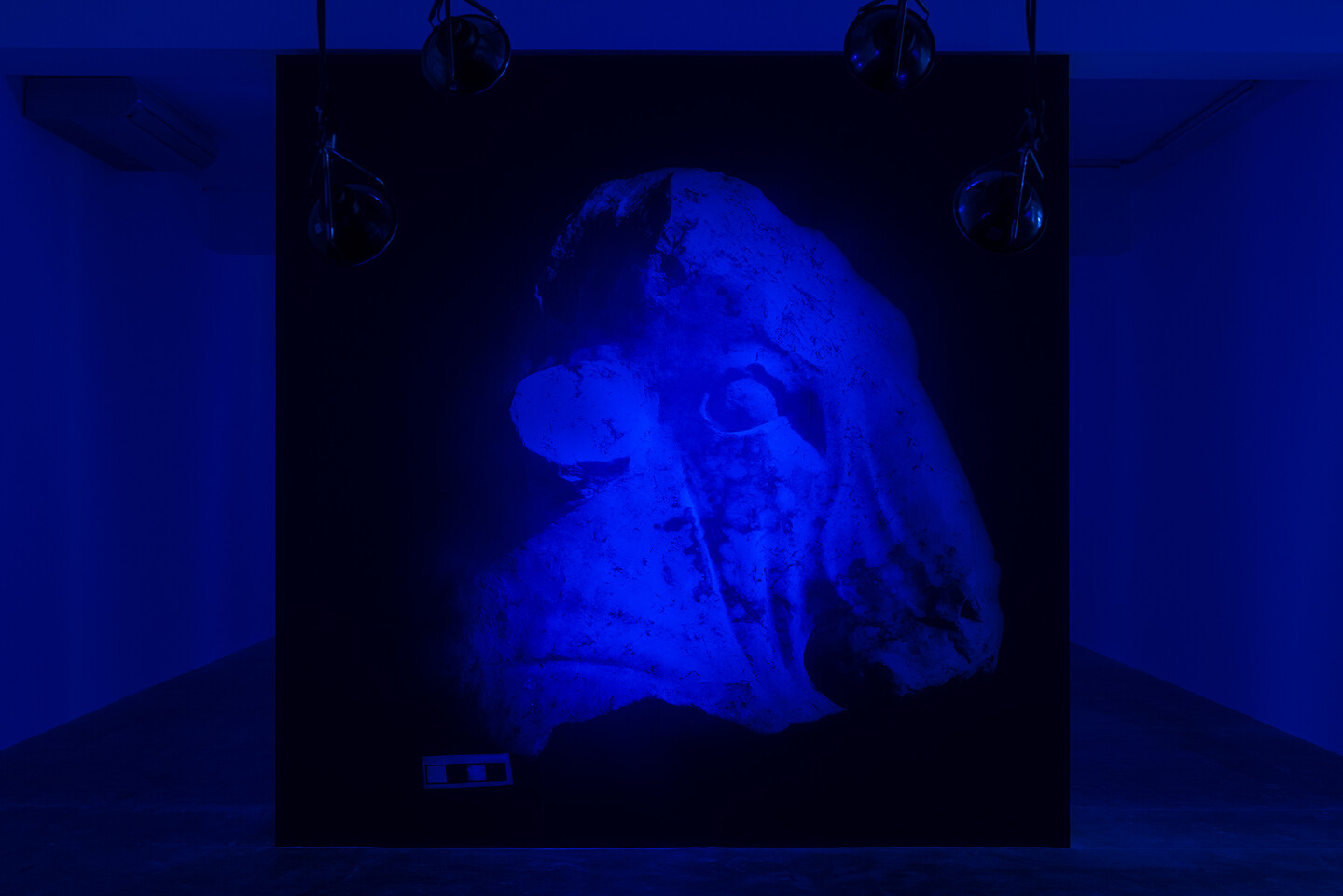
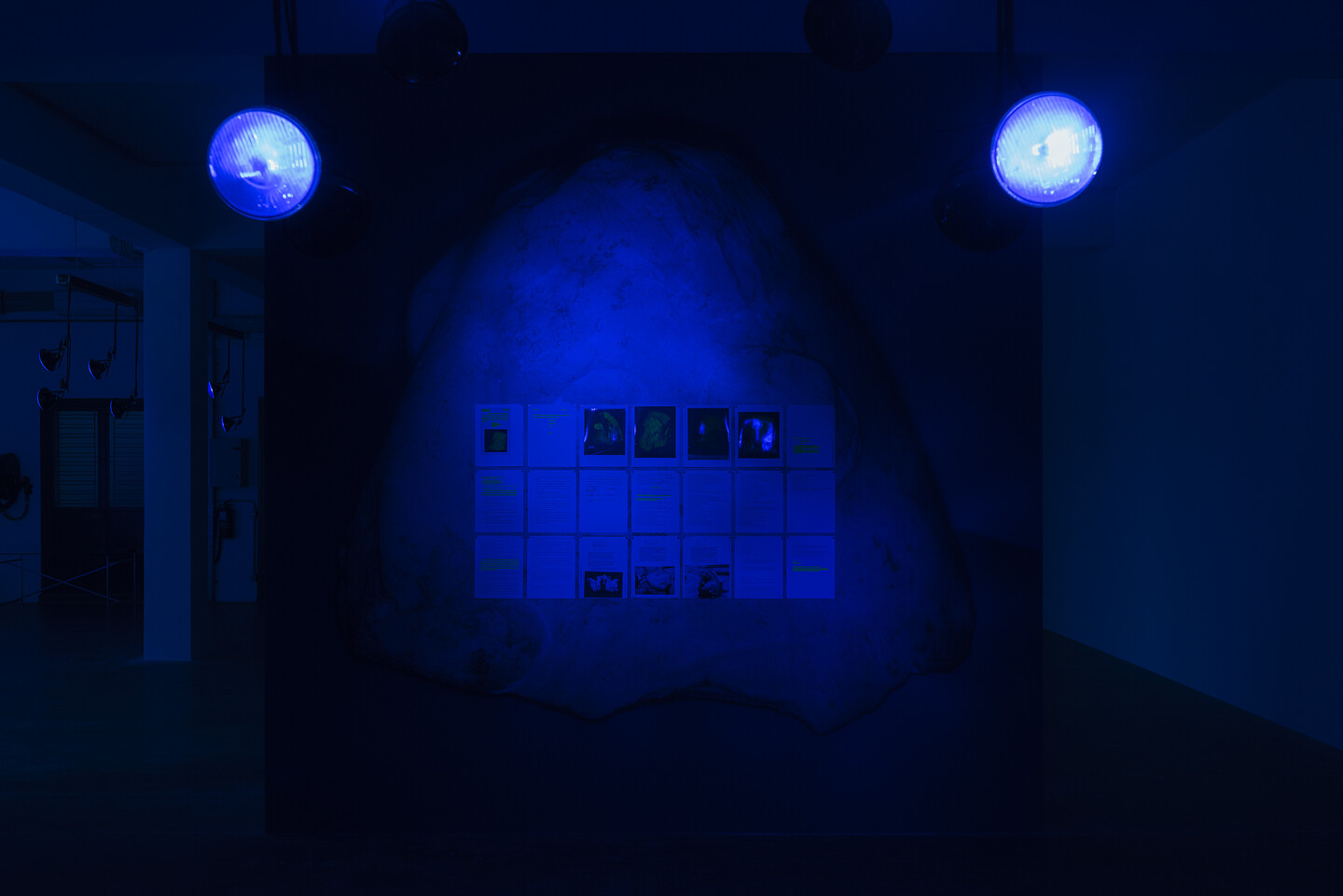
1979 – 1981
The marble sculpture of a Bull’s Head is :
moved from the Temple of Eshmun in Saida to the Citadel in Byblos,
stored in an underground storage facility,
looted by paramilitary forces,
exported illegally from Lebanon.
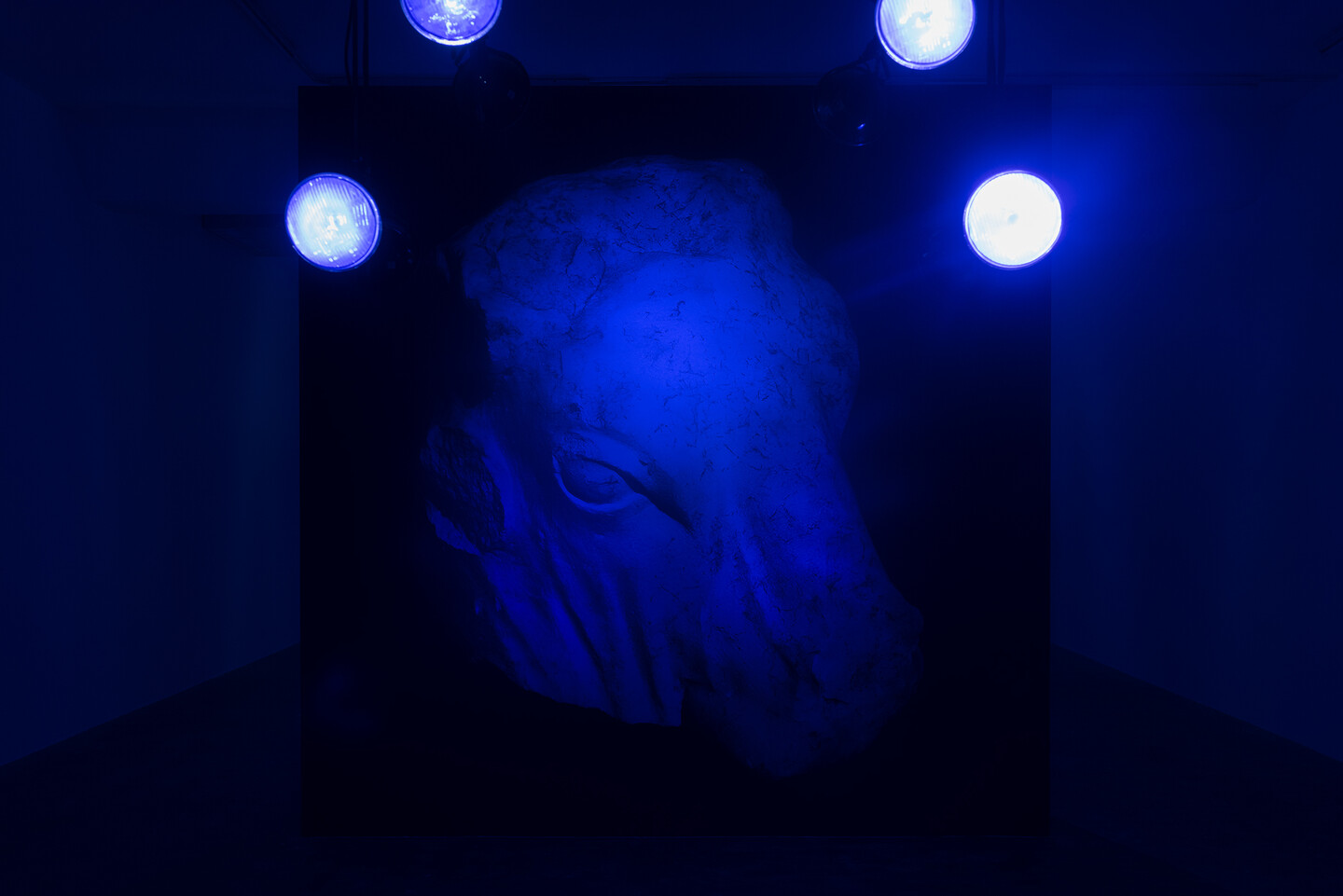
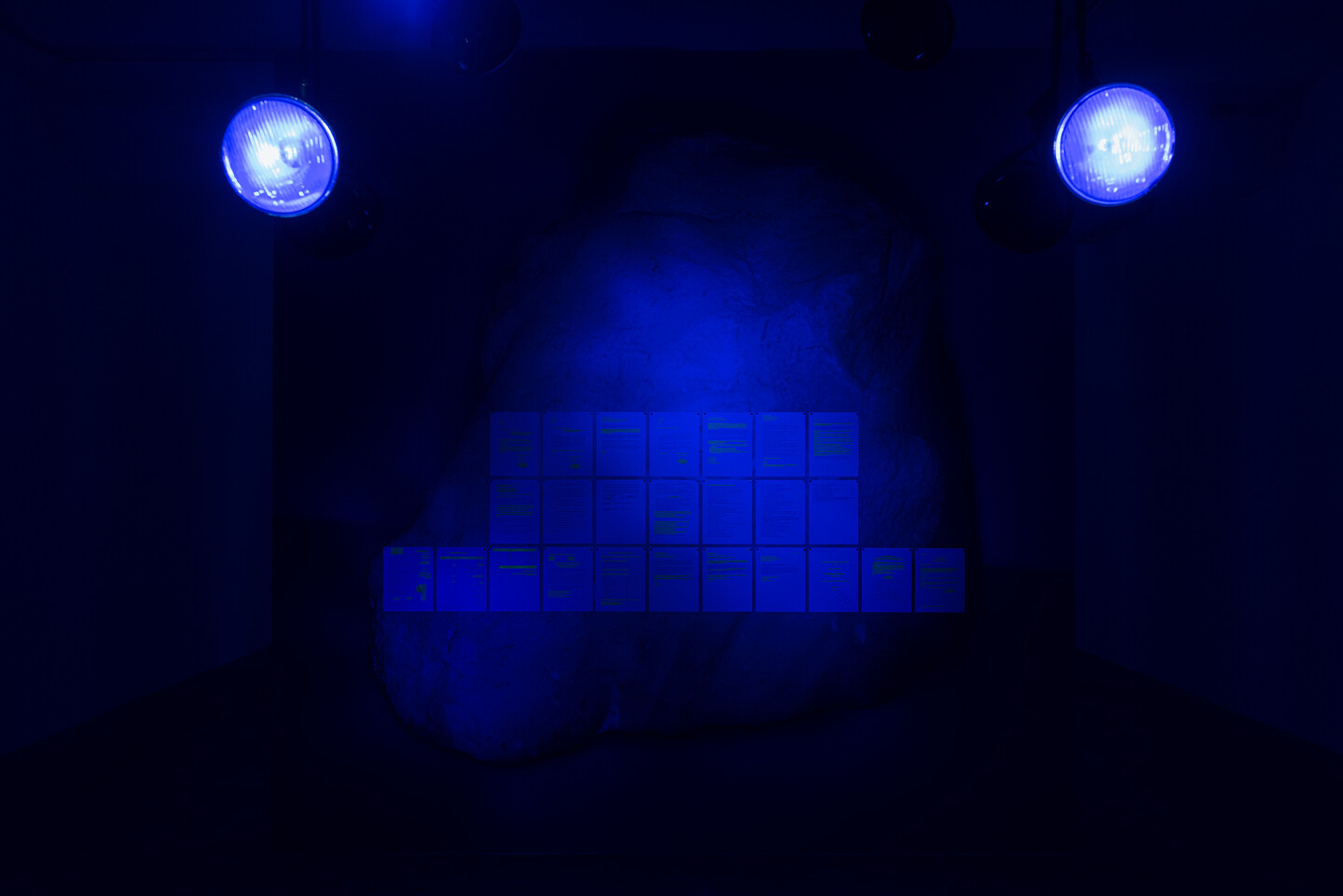
1996
The marble sculpture of a Bull’s Head is :
found in the possession of antiquities dealer (A) in a storage facility in New York,
purchased by antiquities collectors (A) and (B),
shipped from New York to Colorado.
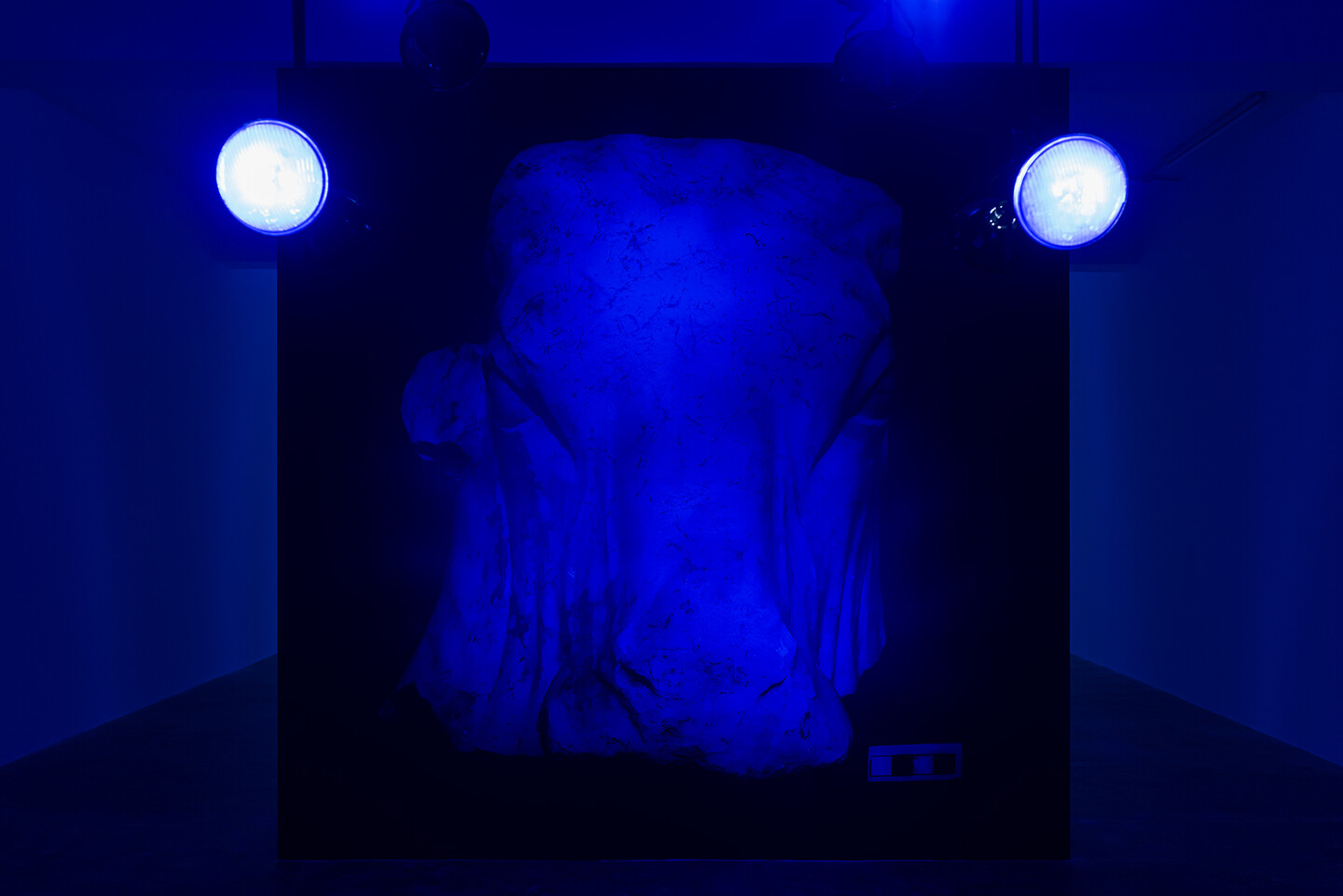
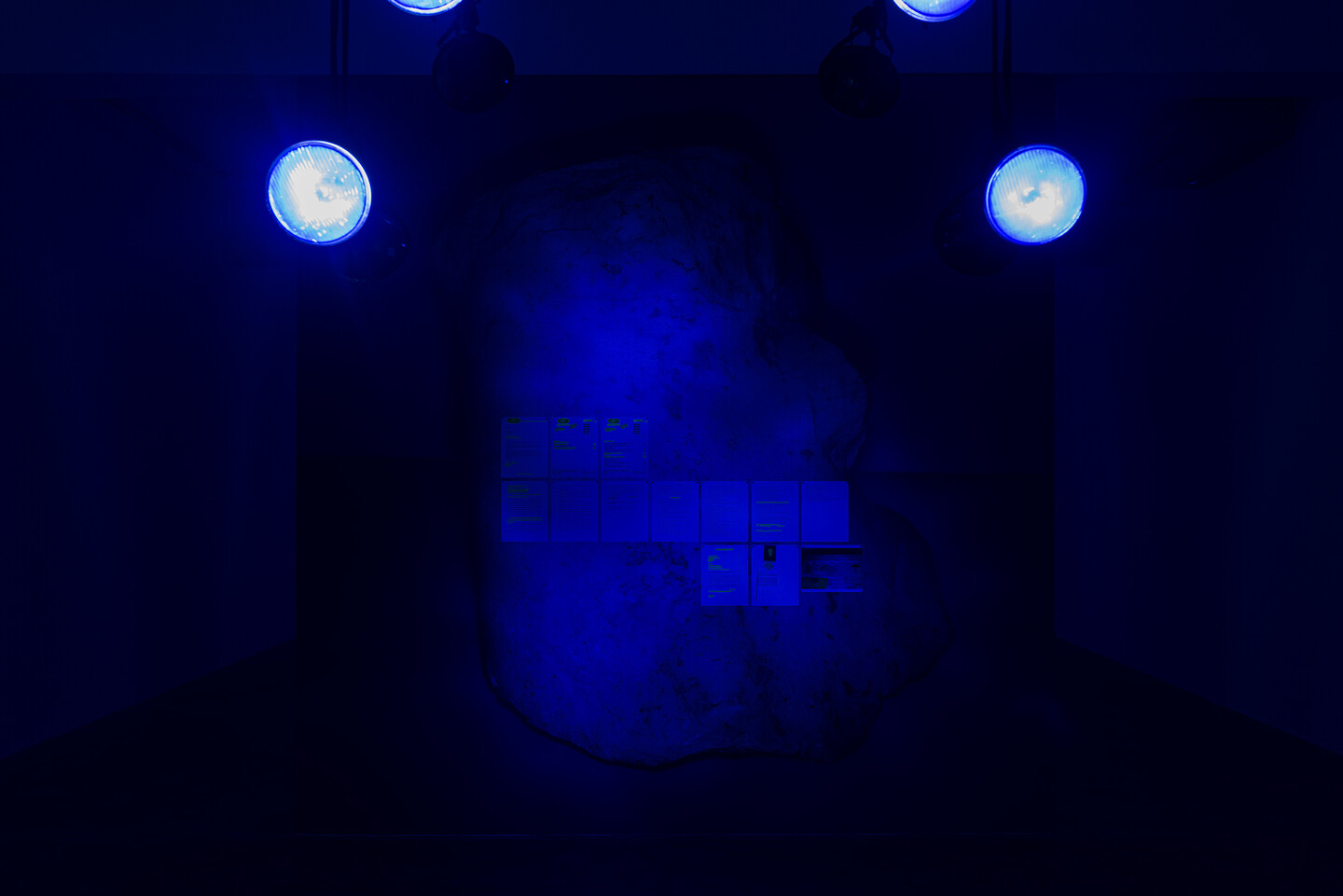
1996 – 2005
The marble sculpture of a Bull’s Head is :
displayed in the Colorado home of antiquities collectors (A) and (B),
photographed for a lifestyle magazine article,
appraised by an auction house.

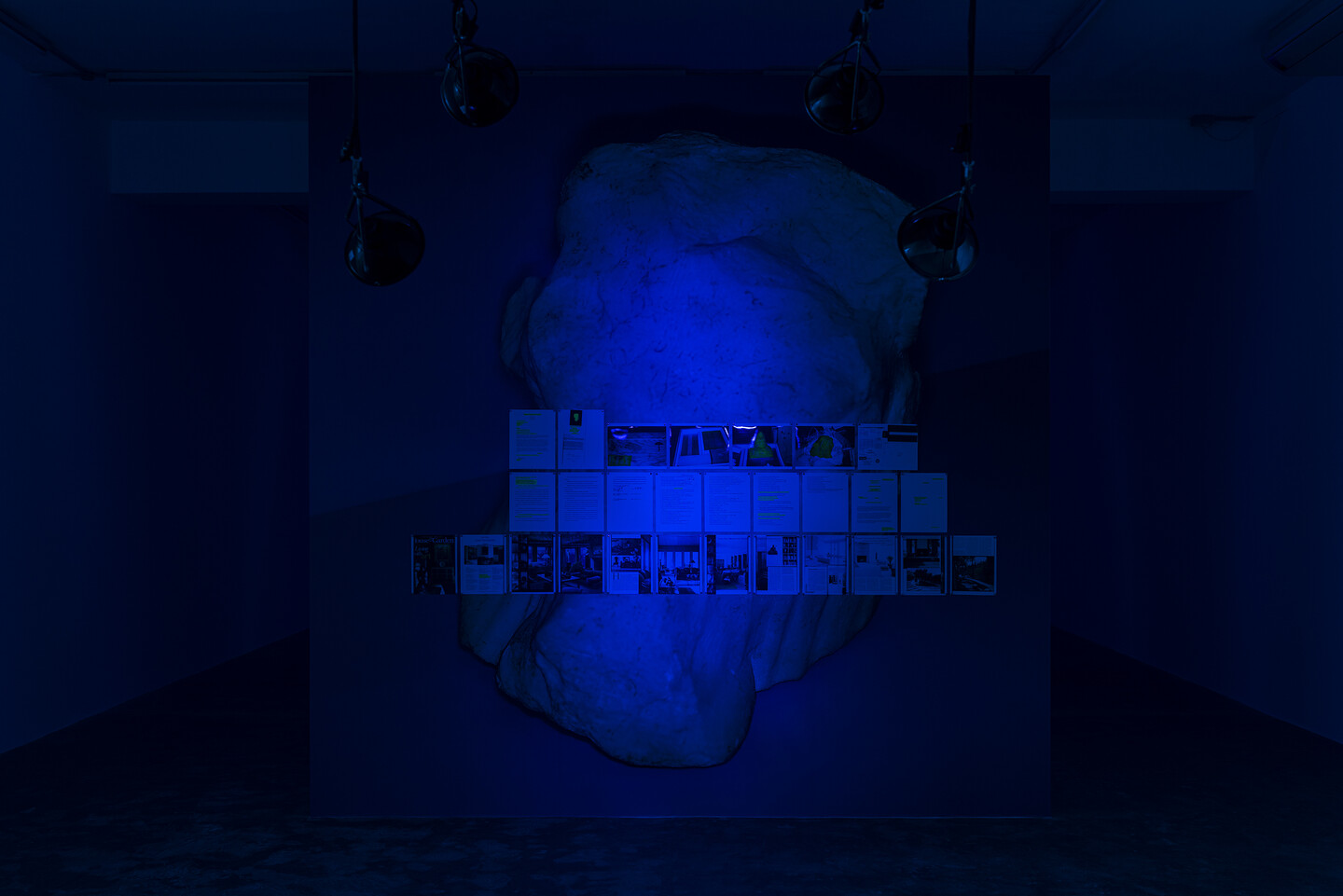
The marble sculpture of a Bull’s Head is :
appraised by antiquities dealers (B) and (C),
appraised by antiquities dealer (D),
consigned to antiquities dealers (B) and (C),
shipped from Colorado to Geneva,
shipped from Geneva to Paris,
displayed at an antiquities fair in Paris,
shipped from Paris to Geneva,
shipped from Geneva to New York,
purchased by antiquities collector (C).
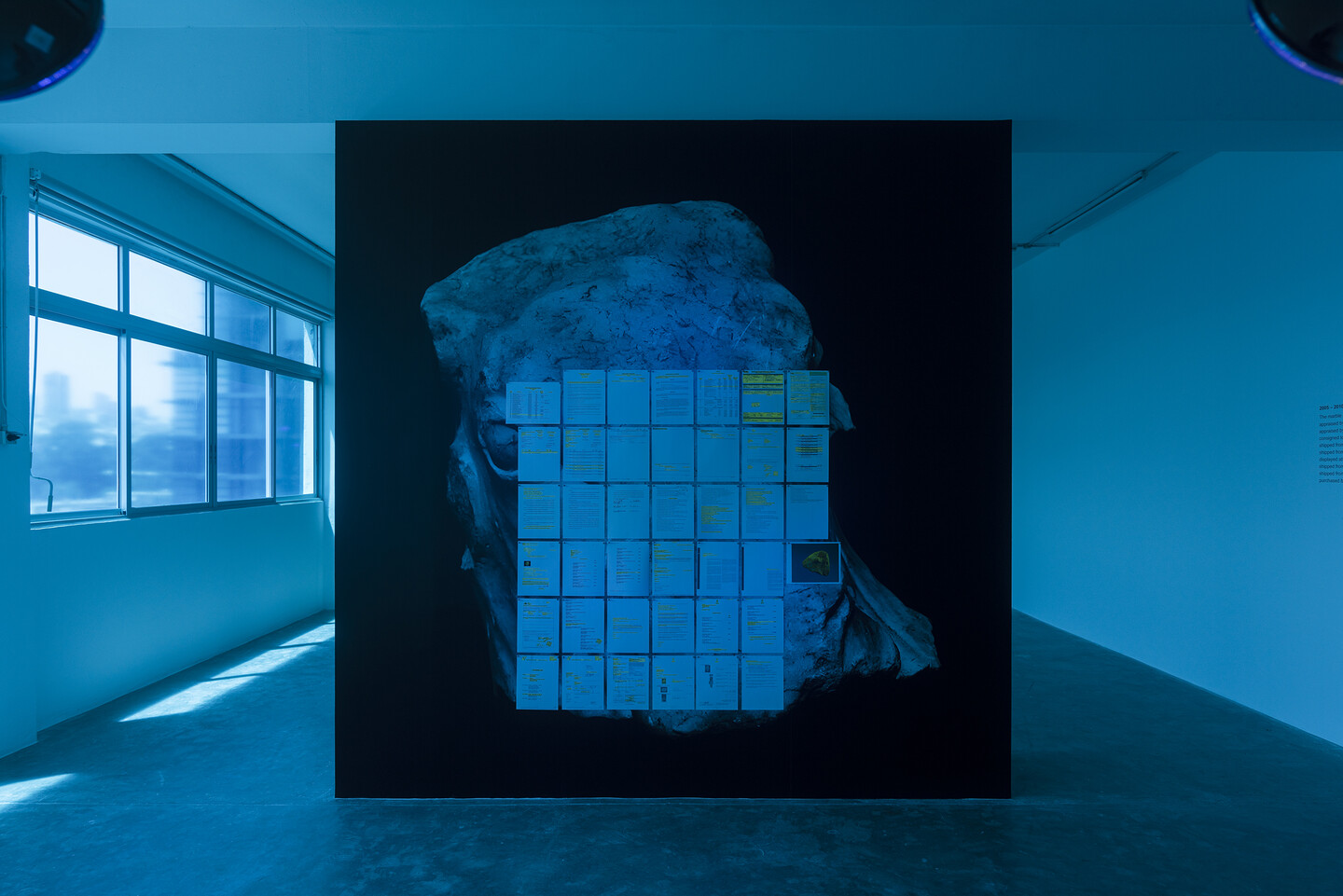
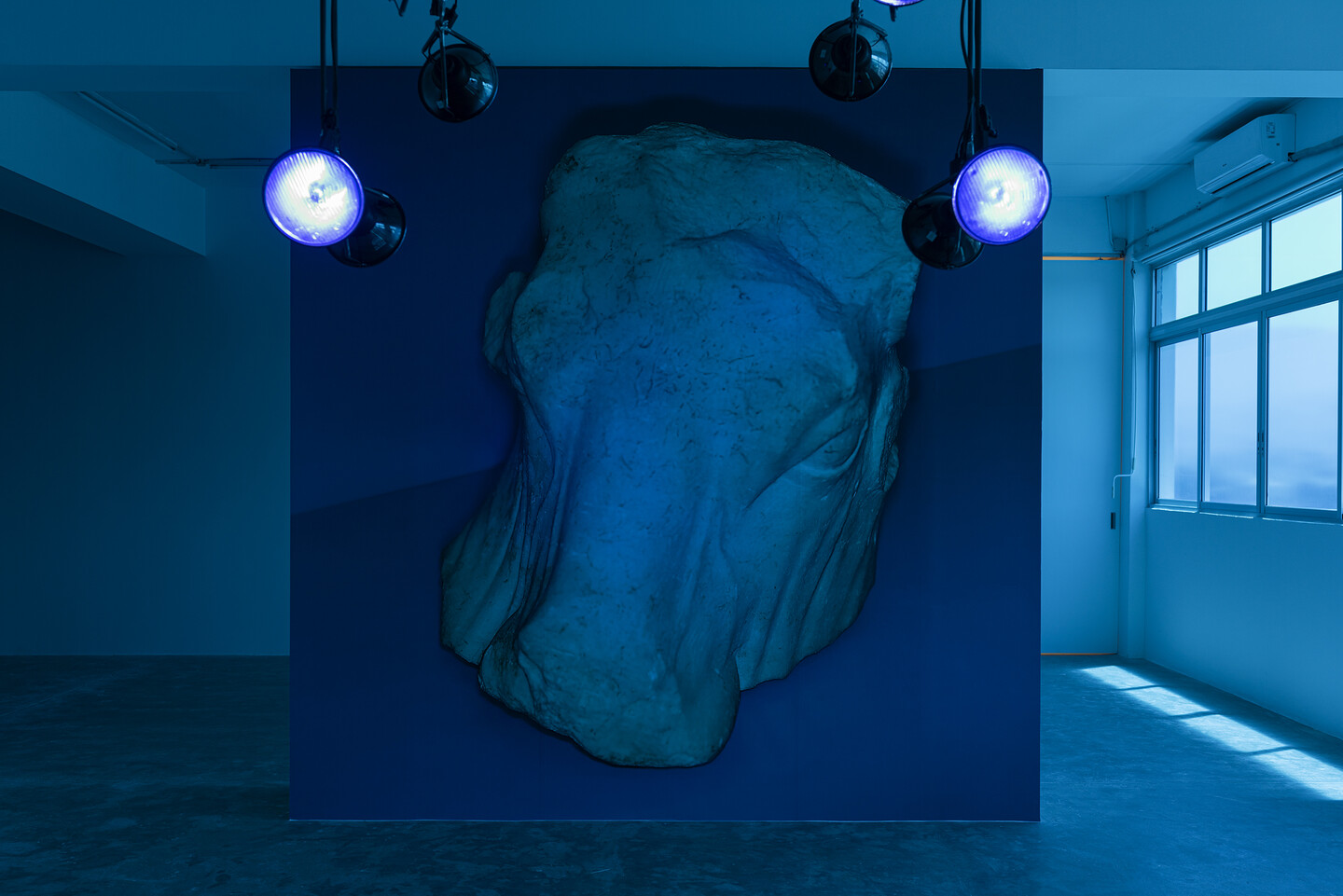
2010 – 2016
The marble sculpture of a Bull’s Head is :
loaned to the Metropolitan Museum of Art in New York,
displayed in the Greek and Roman Galleries,
identified as a looted artifact from Lebanon,
removed from display,
repurchased by antiquities collectors (A) and (B).
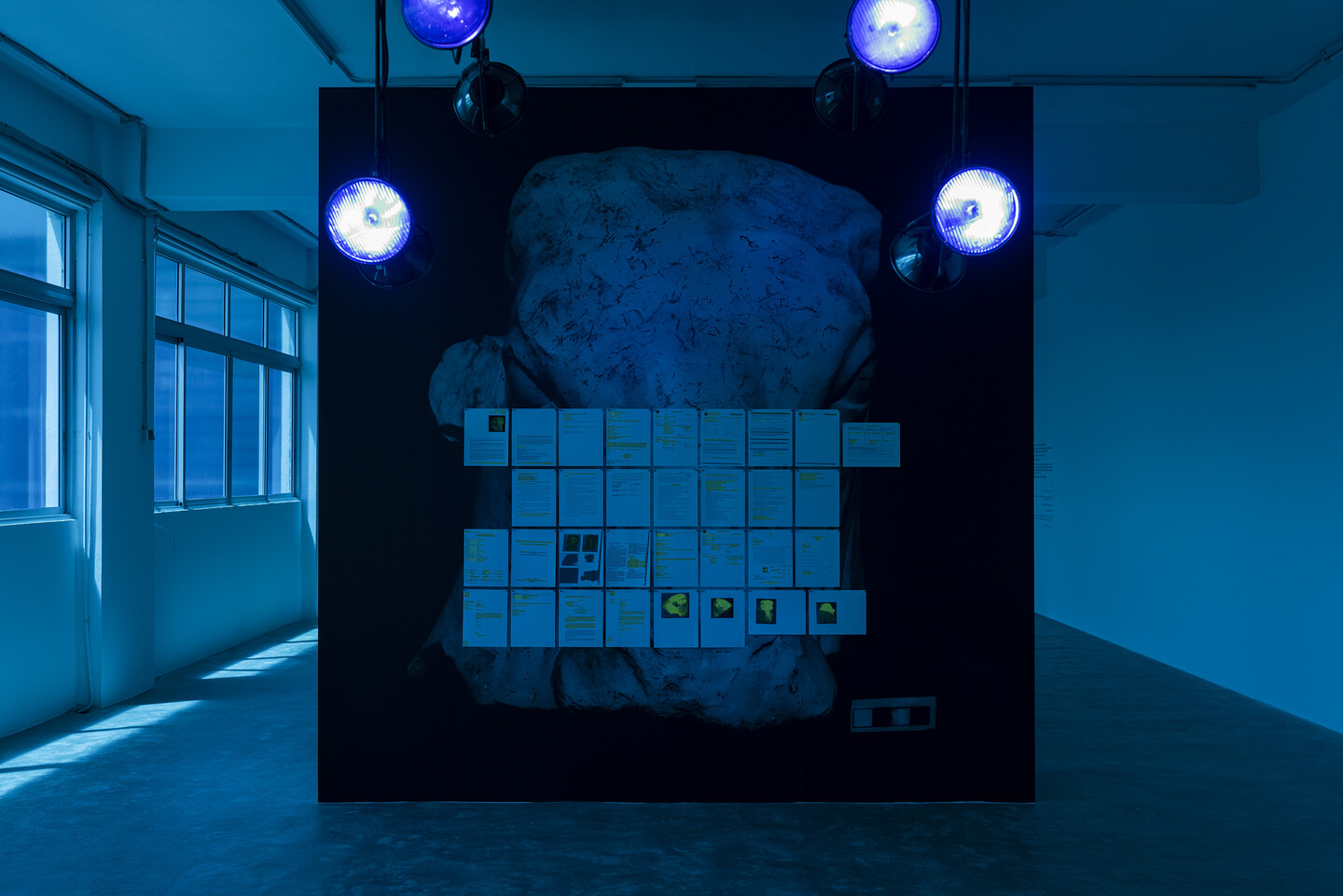
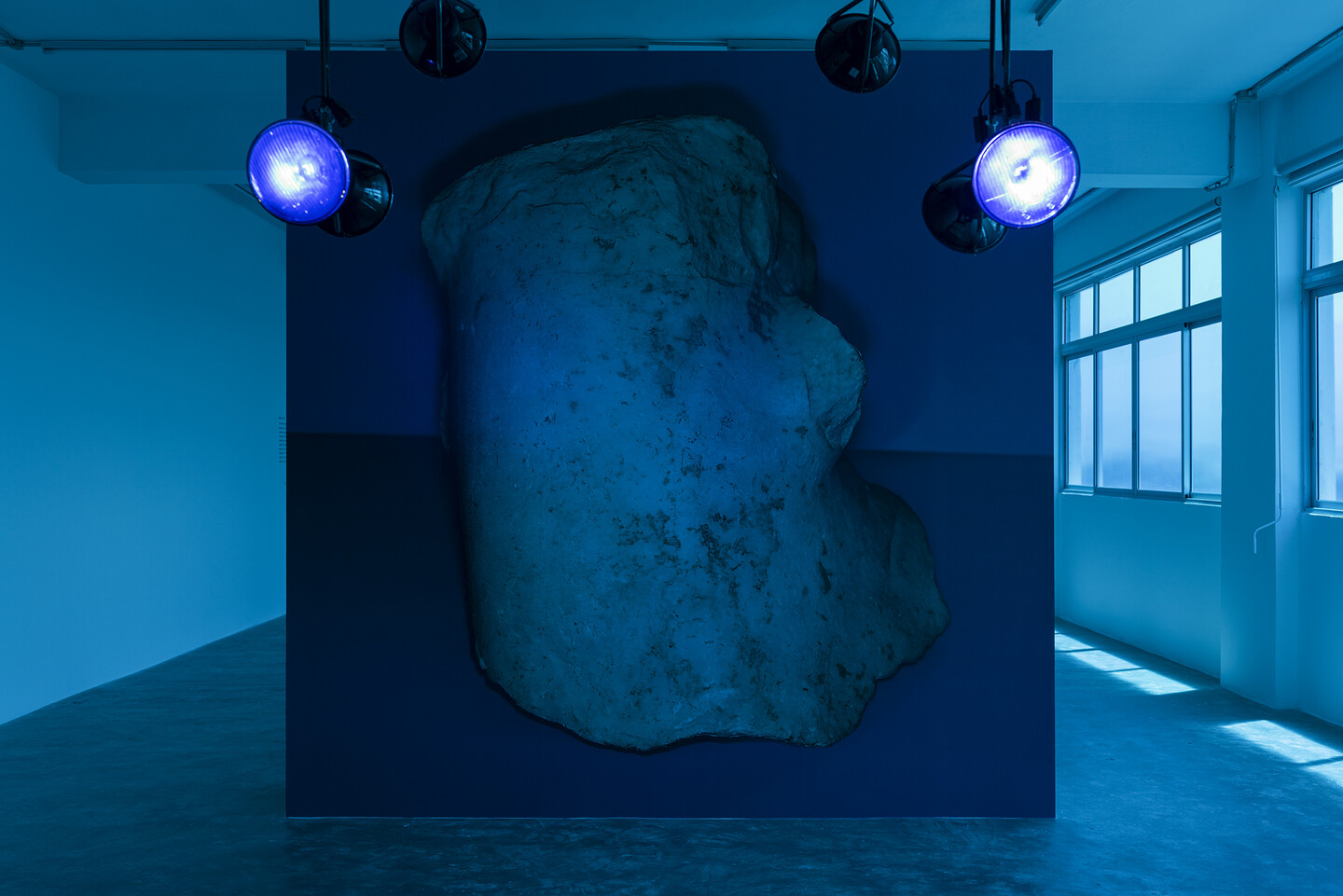
2017
The marble sculpture of a Bull’s Head is :
requisitioned from the Metropolitan Museum of Art in New York by the Department of Homeland Security,
photographed by a federal agent,
logged in as evidence,
transferred to the custody of representatives of the Lebanese Republic following an agreement between the Manhattan District Attorney’s Office and antiquities collectors (A) and (B),
repatriated from New York to Lebanon.

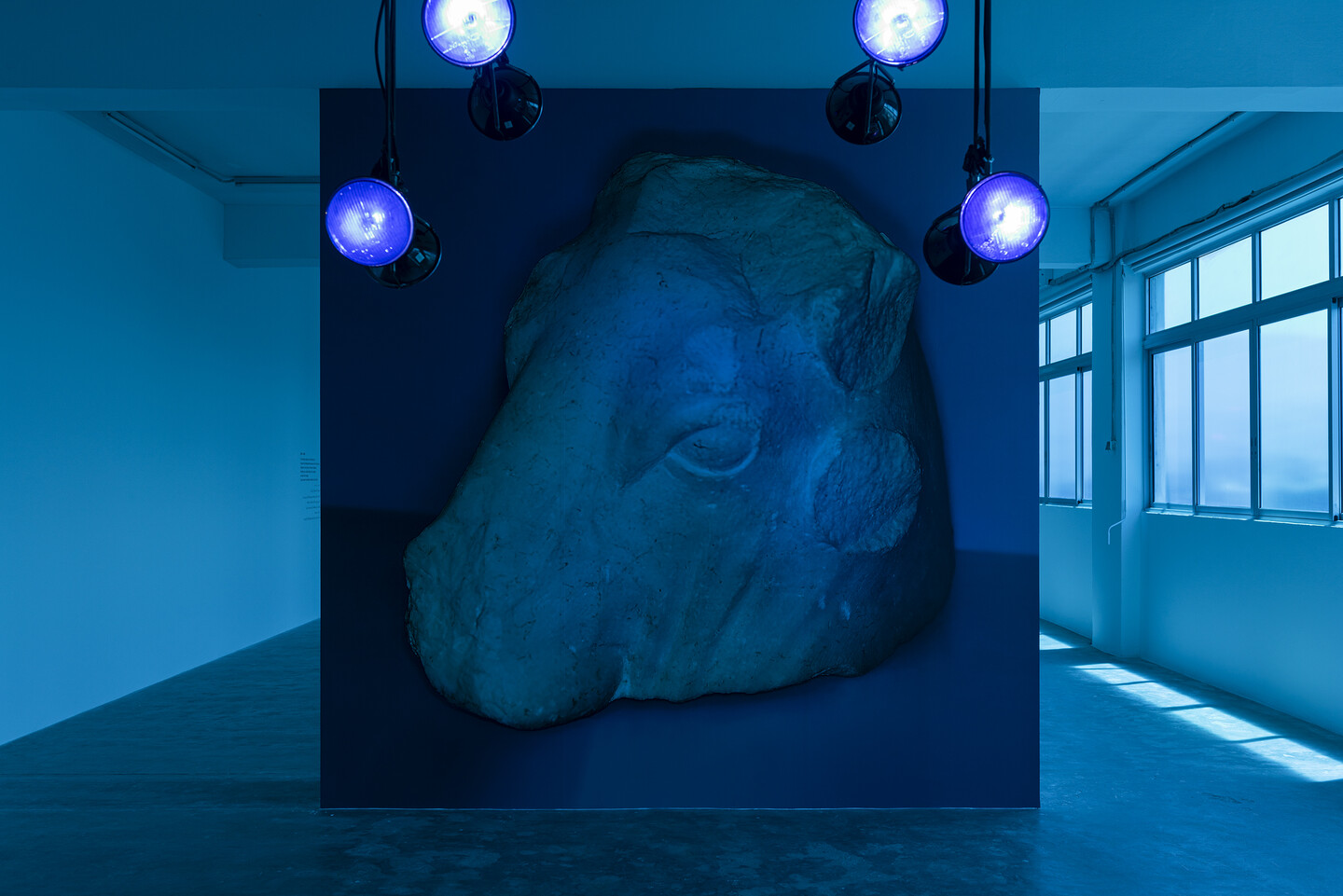
2017 – 2021
The marble sculpture of a Bull’s Head is:
linked to the marble torso of a Calf Bearer in the possession of antiquities collector (C) in New York,
connected to 180 looted artifacts from 11 countries sold by 17 antiquities dealers to antiquities collector (C).
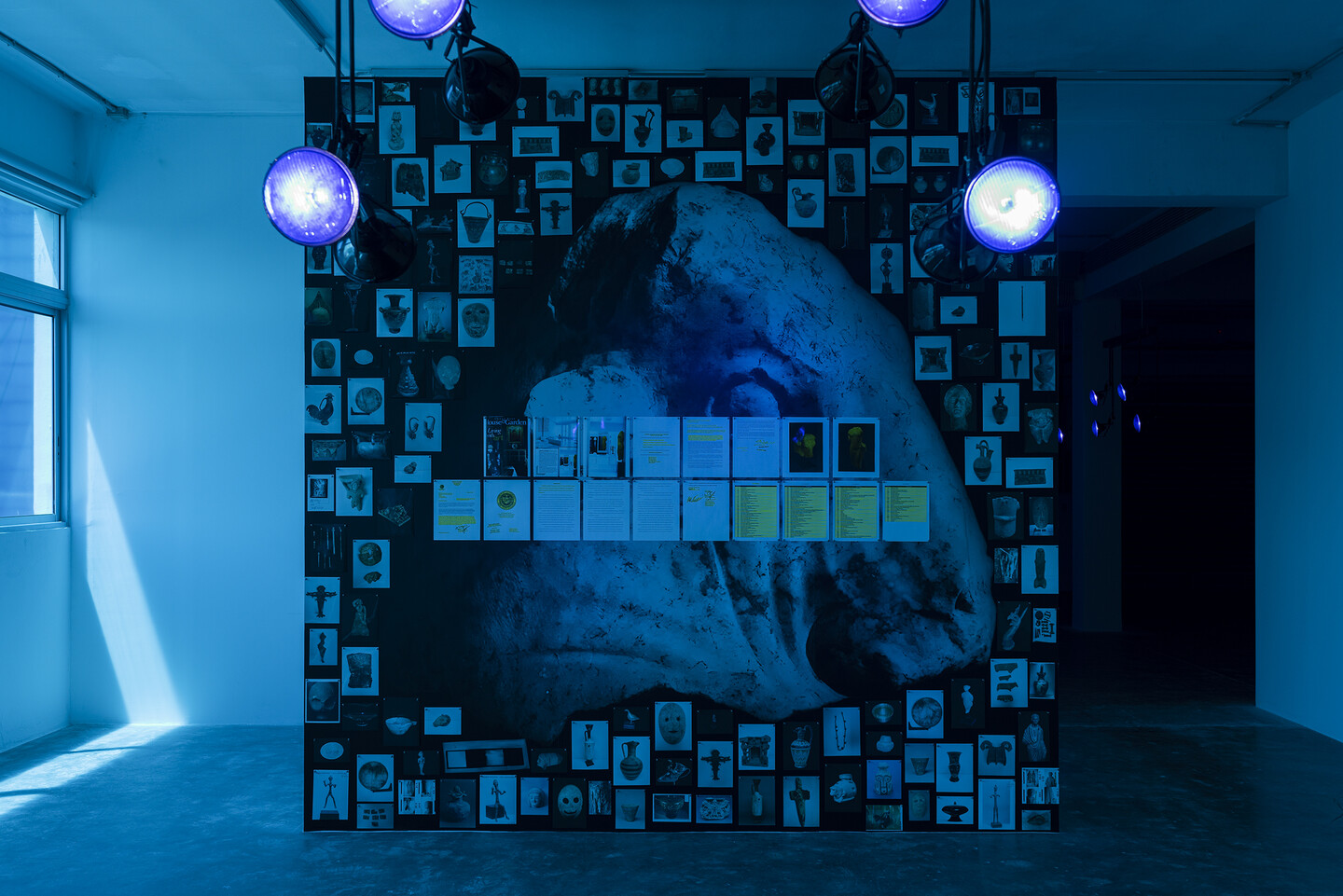
The six-day war that erupted on June 5 of 1967 had completely reshuffled the region’s landscape by June 10. At the time, curfews were instated, that required that all sources of light be turned off, to limit exposure to enemy air raids. In order to circumvent the curfew, people started painting their apartment windows and their car headlights blue, making them less visible at night. Referencing the geopolitical context in which the Bull’s Head had been first discovered, Tabet experiments with the medium of light, and floods the gallery space with blue. The windows are covered with a blue transparent film, while sculptures produced using modified car lamps, hang from the ceiling, illuminating the space through their blue-painted bulbs.
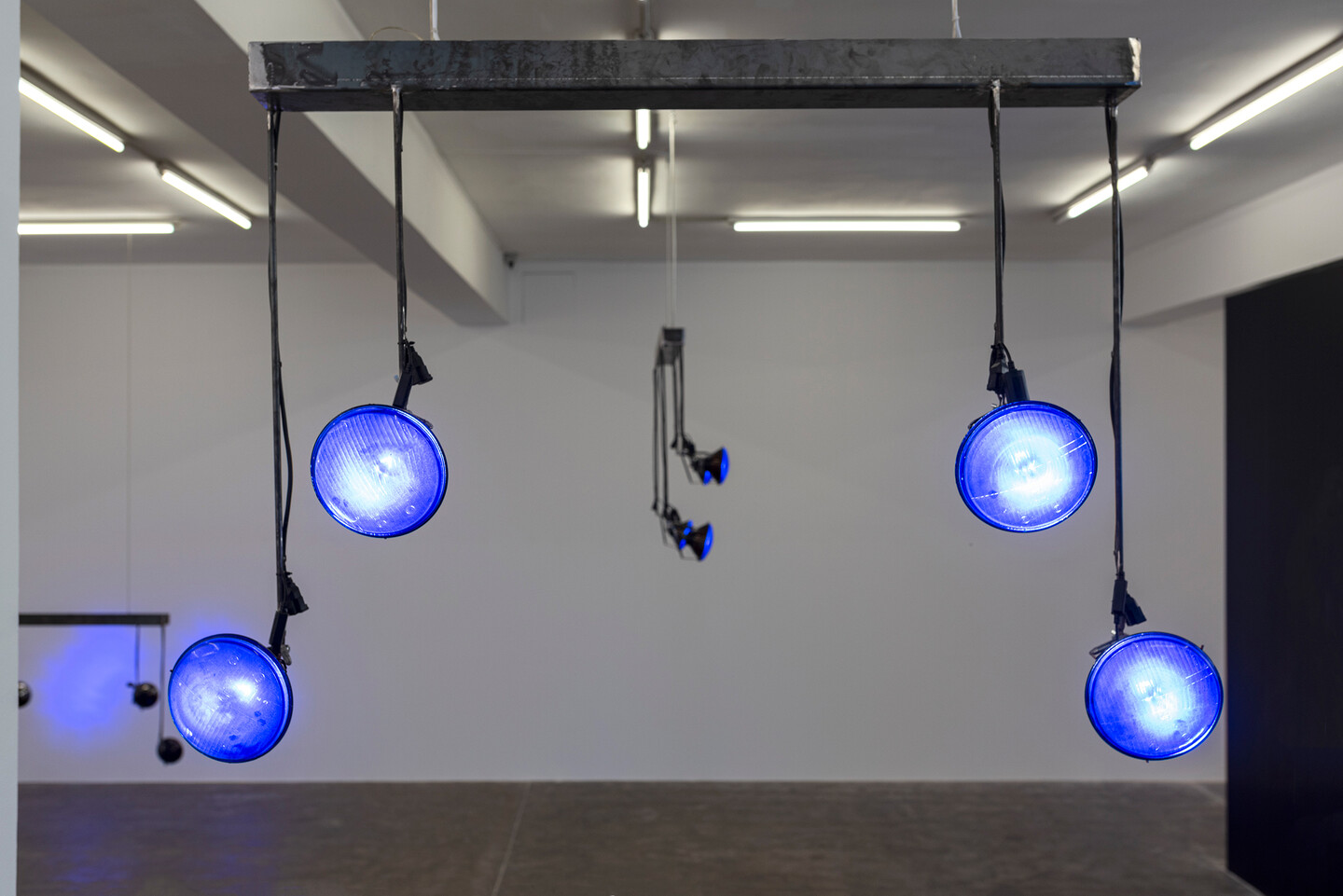
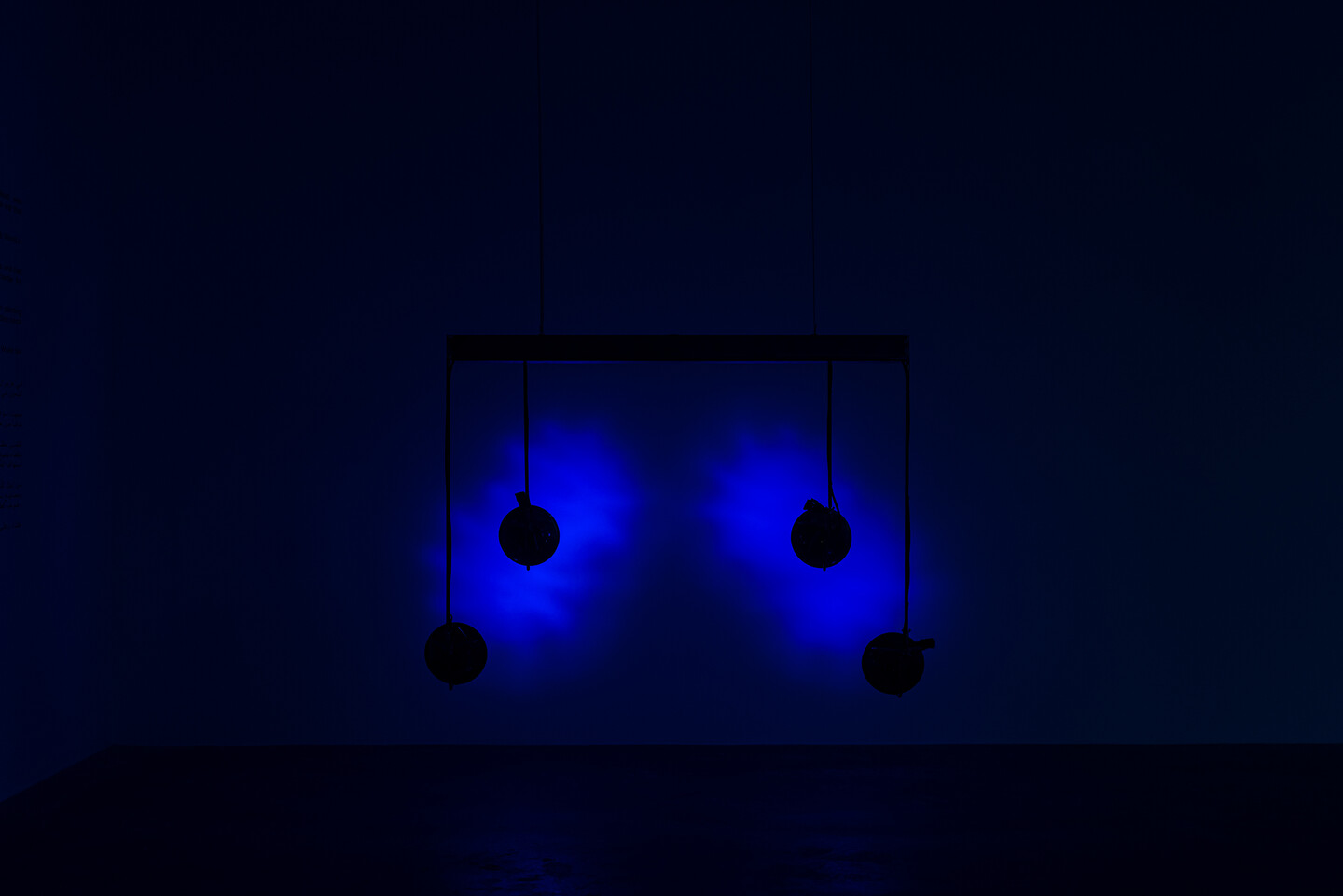
Tabet explores the material remains of temporary moments and takes us on a journey through continents and centuries, across seas, and decades, only to bring us back to a present situation that results from a multitude of seemingly unconnected events. Furthering Tabet’s inquiry into questions of restitutions and ownership, issues of cultural heritage and national identities that are the consequences of wider geopolitical histories, The Return discusses how, where, why and under what circumstances antiquities exist in our time.